Have you ever found yourself wondering how convenient it would be to fly like a bird and circle around to see if you are going in the right direction?
No, we are not talking about a metaphoric direction and certainly not about urban streets or GPS here. Imagine you are trekking through a dense forest, and your phone doesn’t have a signal. You have the bare minimum with you and are quickly losing energy, so you need to find a shelter immediately where you can rest.
Wandering miles of forest physically or just looking around with your naked eyes will be nightmarish. In that situation, a binocular can be the poor yet the best plausible rendition of your flying fantasy. You can find a suitable shelter with just a few minutes of looking through the binocular and conserve your energy. Now, if this got you intrigued to buy a binocular, read on to find out how you can find the right one.
Why Do You Need A Binocular In A Bug-Out Bag?
As the name implies, a bug-out bag is just for bugging out to evacuate a dangerous place. It is quite similar to a survival bag, but it is not a full-fledged survival bag. While survival bags are for long-term survival, bug-out bags are for a few days, to be precise, only for two to four days of survival.
While it is understandable you need food and basic shelter kits in your bug-out bag, a binocular might not be on your prep list. However, almost every survival expert agrees that a binocular may turn out to be vital for your survival. With a binocular, you will be able to
- Alert yourself of potential danger by scouting ahead
- Find yourself a location for shelter
- Scan favorable routes
- Scout the area for resources- food, water, or game animal
How to Find the Right Binocular for You
Like all other gadgets, there is no shortage of features and models here. However, if you know the purpose you will use a binocular, it will not be hard for you to find one. Here we have discussed some critical criteria you should know about while buying binoculars in 2021.
Size and Weight
For hiking and trekking, you need a lightweight and small-size binocular. However, the size or weight shouldn’t lower the optical requirement of a binocular. There are three types of binoculars available based on size- compact, mid-sized, and full-sized binoculars. Considering you have to carry a relatively high amount of weight on your bag, with all the foods and necessary gears, you should opt for a full compact or a 30 mm-40 mm mid-sized binocular.
Magnification
Magnification is the sole purpose of a binocular. However, don’t get fooled by the idea that the higher the magnification, the better a binocular will perform. A higher magnification comes with a catch. A binocular with higher magnification limits the view it can cover; just like zooming in with your camera, it shrinks your view, focusing only on one object. Besides, magnification can impact image quality. For everyday purposes, you can go for an 8x or a 10x magnification. 8x will give a wide-angle view, and 10 x will provide a more limited but detailed view.
Objective Lens
Objective lenses are the critical component of a binocular. They are located at the very front part of a binocular and allow the light to enter through them. The larger the objective lens is, the more light they can take in, which is quite a handy feat to have if you are scouting your surroundings at night. However, the objective lens’s size increases its weight, throwing you a tug of war between night vision and portability. You should find a binocular that balances both these features; without compromising one of them.
Focus
The focus of a binocular can be controlled, both lenses at once or each individually. You can control the focus either from the central control or the individual diopter control. You should go for the one that allows you to quickly focus on your subject in an emergency survival situation.
Glass Type
The type of glass will determine the quality of the image. If you want a high-quality image, go for a BAK-4 binocular. However, excellent picture quality comes with a high price. If you are running short on a budget, a BK-7 binocular would be a decent option for you.
Prism Type
Because the front part of a binocular lens is curved, it bends the light coming through it. When the light from objects enters the binocular through the objective lens, the image it creates is inverted. Just like our eyes primarily create an inverted image in the retina because of our eyes’ curved shape. While our brain rectifies that upside-down image for us, binoculars use prisms for straightening that image.
While some older binoculars use the Porro prism for that, the newer versions use a roof prism technique. In Porro prism binoculars, the prisms are not set aligning to the objective lens or the eyepiece; they have a wider overlapping setting, making the binocular barrel wider. The prisms are aligned with the eyepiece in roof prism binoculars, providing the barrel a slimmer look. You should opt for a roof prism type for the smaller size.
Protection Features
If you are going to use a binocular, you might be in a rough environment. For instance, a forest can be humid, and the humidity can affect your binocular performance. Just like your glasses gather condensation when it is raining, your binocular glasses can get foggy from the humid air. Look for a fog proof and waterproof binocular that will seal off the moisture. Select a waterproof binocular with a rubber O ring that can survive a quick splash in the creek. A protective rubber coating on a binocular can protect it from minor bumps or scratches.
The Bottom Line
While the binocular in your bug-out bag should be of decent quality, you should also get a full-functioning binocular for your ultimate survival bag. After all, both serve different purposes here. Now that you understand why you need a binocular for survival and how you can find the right one, are you ready to add this new survival kit to your bug-out bag?


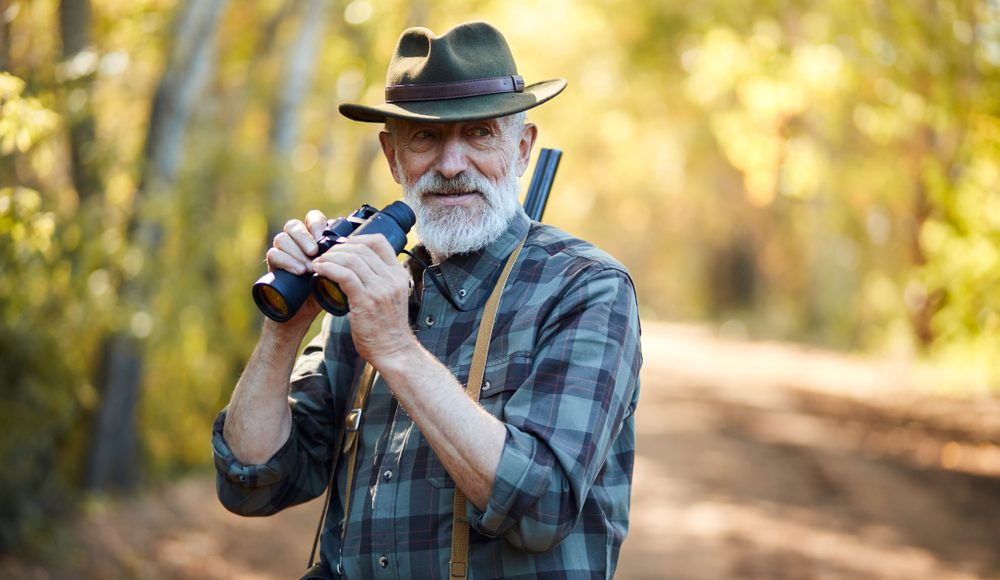



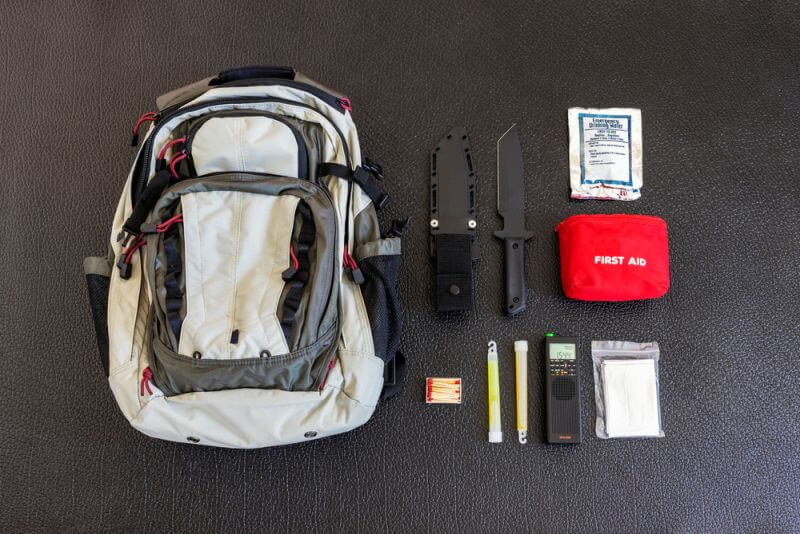
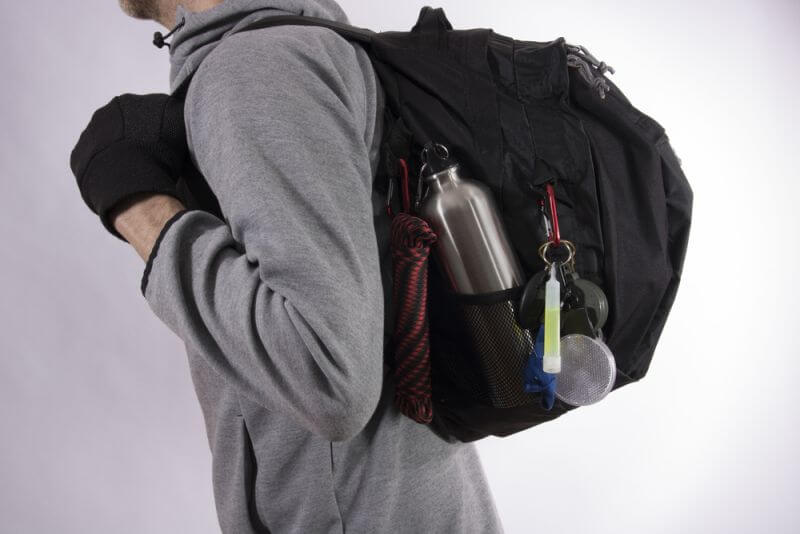
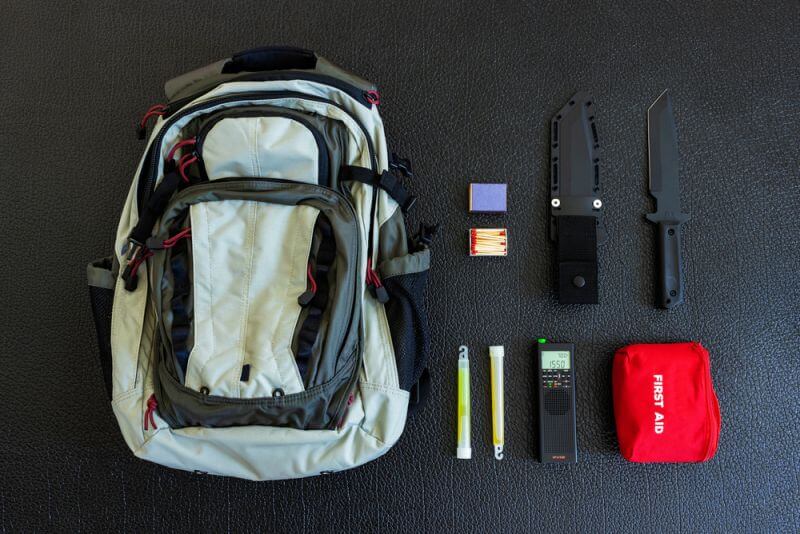
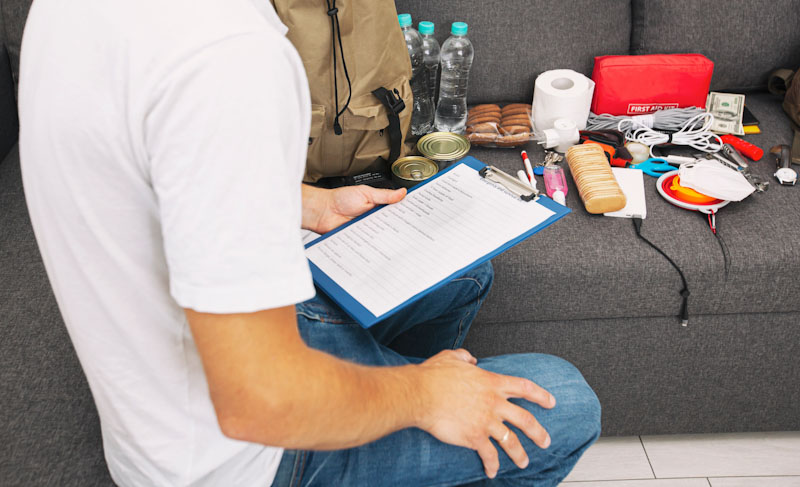

Michael J Davidson | February 26, 2021
|
It sure would be helpful if you would properly title you file names for the Download as PDF option. All lower case requires manual editing every time.
Thanks,
Mike
Sabina from Survivopedia | March 4, 2021
|
Hello, Mike. We tested the button on this article and on others and works well. Can you please tell us the problem? You can’t download a read the PDF? Thank you!
louis rrr | February 27, 2021
|
used steiner military 8×30 can be had on e bay 100-150$ ,,rubber armored too
Bill In Idaho | February 27, 2021
|
Good Article on a Crucial (and often disregarded) Tool. The Key to making a purchase that you will Not Later Regret – Choose your Brand and Model Very Carefully and thoughtfully. There are two areas where you Must Not go to the “Bargain Basement” – Firearms and Optical Instruments. Also, you might consider a Really Good telescope – this instrument is lighter, a better buy, and can be better optically.
Rick | February 28, 2021
|
I’ve kept a Vortex Solo R/T Tactical Monocular with a mil dot reticle in my bag for years.
Been quite handy for getting a better look at something in the distance, bird / wildlife / nature watch as well as all the reasons you mentioned.
The ranging reticle gives me a much added benefit of calculating distance, whether for shooting, navigation, curiously or practicing skils.
As a monocular it is half the weight for a quality piece of glass.
No financial interest, just served me well.
aka Gabby | November 26, 2021
|
Think about the need for your gear. In my bugout bag, I carry tasco binos’ I’ve used them for years, the folding type. 10X12. I keep them for the mentioned need to see things. also I teach using them for security. SHTF, trying to get home, road blocks will be set up. Being able to see them before they see me is key to avoiding them. You’ll be surprised at how well they gather light at night as well. Again security if you hear sound a ways off, the bino’s come into play again. See them before they see you. Stay safe, watch your six.